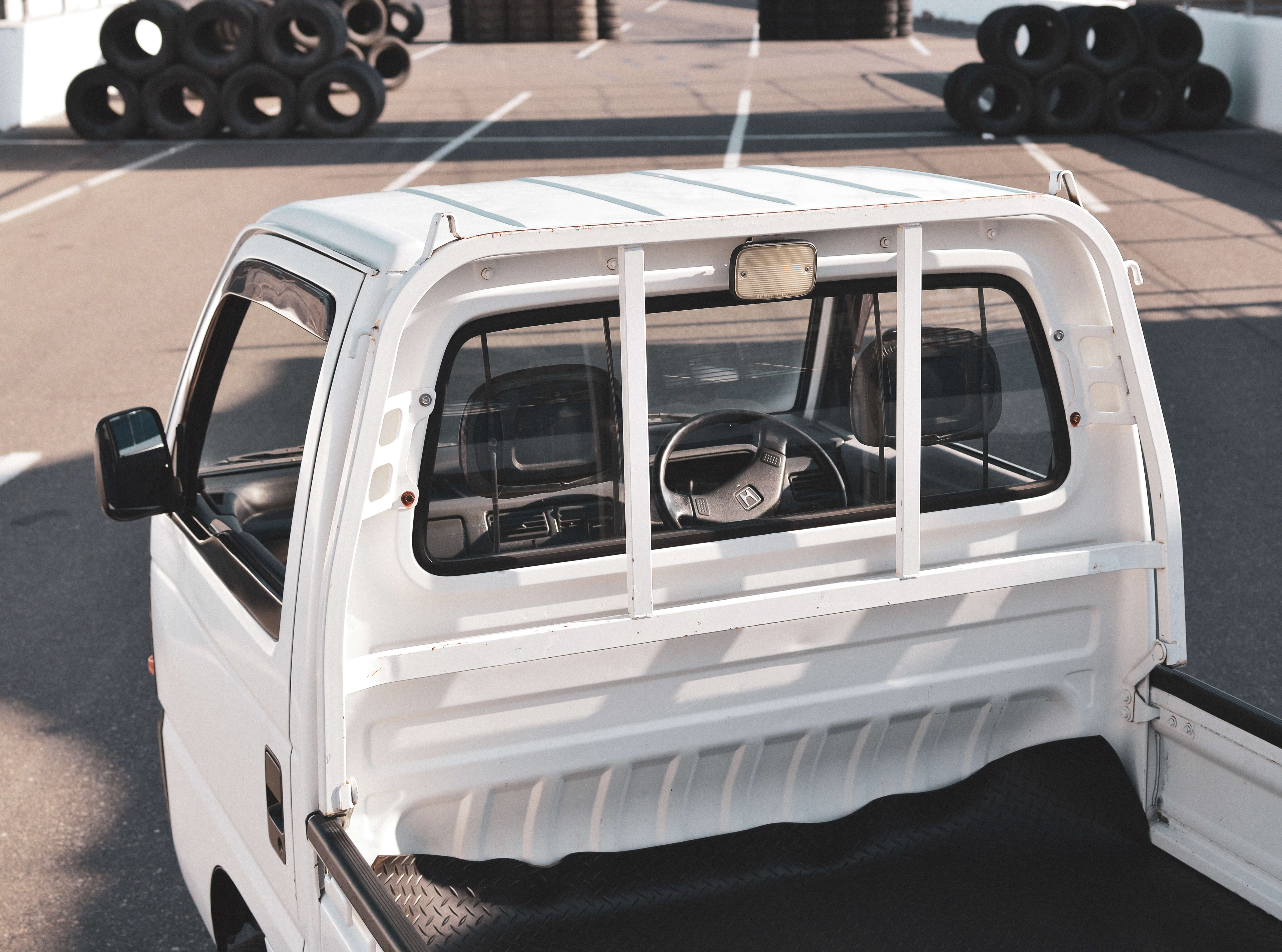Tokyo, 1955. The city was a tapestry of movement and sound, an intricate dance of bicycles weaving through the crowded streets, scooters buzzing like diligent bees, and the clamor of vendors hawking their wares in bustling markets. Amidst this symphony, a young engineer named Hiroshi Nakamura sat hunched over his drafting table, the dim glow of a solitary bulb casting shadows on his furrowed brow. In the post-war years, Japan was a nation rebuilding itself, and Hiroshi was part of this grand effort, tasked with crafting a vehicle that could navigate the narrow alleyways and congested avenues of Tokyo.
Revitalize Your Kei Today Discover Oiwa Garage Exclusive Upgrades Shop Now!
The government, keen on revitalizing the economy while conserving resources, had implemented strict regulations for a new category of vehicles—kei cars. These compact marvels were restricted to an engine displacement of no more than 360cc and a length not exceeding 3 meters. It was a formidable challenge, but Hiroshi saw it as an opportunity to innovate. His fingers deftly moved the pencil over paper, sketching the blueprint for what would become a cornerstone of Japanese ingenuity: the kei truck.
Nebraska, Present Day. The sun dipped below the horizon, casting a warm golden hue over the expansive fields. John Parker, a seasoned automotive enthusiast, stood in awe as he admired the lineup of kei trucks at a local importer's showcase. These little giants had captured his imagination—a testament to their enduring appeal across decades and continents. As he traced his fingers along the sleek, utilitarian lines of a Honda Acty, memories of his grandfather's stories about post-war Japan flooded back.
“I’ll tell you what, John,” the importer, a jovial man named Greg, interrupted John’s reverie. “These kei trucks might look small, but they’re built to last. Perfect for farm work, off-roading, or just cruising around town.”
John nodded, recalling the technical specifications Greg had mentioned. Modern kei trucks typically featured engines under 660cc, offering impressive fuel efficiency and a surprising amount of torque given their size. Yet it wasn’t just their technical prowess that intrigued John; it was their history, the story of resilience and innovation that began in the bustling streets of Tokyo.
Find Your Dream Kei Truck in Japan and Claim Your Free Import Consultation Today!
Tokyo, 1955. Hiroshi’s design faced countless hurdles. The weight restrictions were a puzzle that required not just ingenuity but also collaboration with local suppliers to source lightweight materials. The engine, a marvel of compact engineering, was designed to maximize output without breaching the regulatory limits. Long nights blurred into early mornings as Hiroshi and his team toiled away, driven by the vision of a vehicle that would redefine urban transportation.
Their perseverance paid off. The first kei truck rolled off the assembly line, a mechanical embodiment of post-war tenacity and creativity. It was a vehicle that could deliver goods, transport people, and navigate the labyrinthine streets with ease—a game-changer for small businesses and rural communities alike.
Nebraska, Present Day. John’s admiration grew as Greg shared insights on the logistics of kei truck imports. The process, he learned, involved meticulous adherence to U.S. regulations, ensuring each vehicle was roadworthy and compliant. Yet, for many collectors and enthusiasts, the effort was worth it. Kei trucks, with their compact size and versatility, offered a unique driving experience—one that was both practical and nostalgic.
As the evening drew to a close, John felt a connection to the past, a sense of continuity in the legacy of these vehicles. The kei trucks were more than just imports; they were pieces of history, each with a story of its own. As he considered purchasing one for his collection, he realized that owning a kei truck was not just about practicality or novelty; it was about honoring a legacy of innovation that transcended time and geography.
Kei trucks, born from a necessity in post-war Japan, had found new life on American roads, embodying a spirit of ingenuity and resilience. They stood as a testament to the enduring impact of Hiroshi's vision—a legacy that continued to drive forward, capturing the hearts and imaginations of enthusiasts like John.
In this seamless blend of past and present, the kei truck's journey underscored a universal truth: innovation, once sparked, knows no bounds, forever influencing the roads ahead.
Upgrade Your Kei Performance with Oiwa Garage Unbeatable Service Shop Now!

